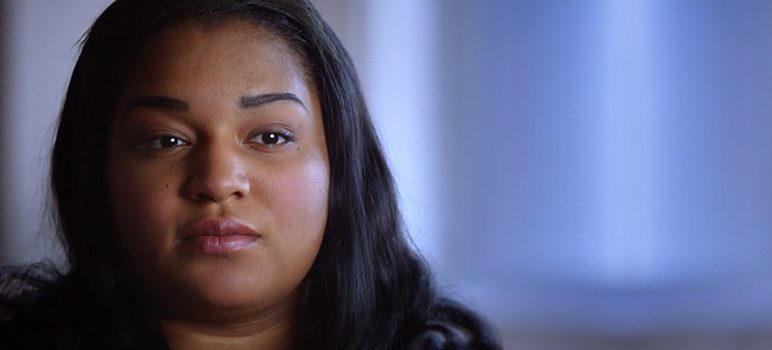Santa Clara County will host a series of educational activities, including art exhibits and performances, through the rest of the month to raise awareness about human trafficking.
The campaign kicked off last week with an art exhibit called “Before Our Very Eyes,” which featured sketches, photography and multimedia art depicting what modern-day slavery looks like in the Bay Area and around the world. A highlight of the exhibit includes a wall of seven sketches of places close to home where authorities have identified human trafficking operations.
“We want to help people realize that injustice is here in the Bay Area,” said Brian Wo, co-founder of the Bay Area Anti-Trafficking Coalition.
The next event, a screening of the documentary, I Am Jane Doe, takes takes place at 6pm Thursday at the County Government Center, 70 W. Hedding St., in San Jose.
Typically, the county organizes its Human Trafficking Awareness Month in January, but decided to bring it back now because of a significant drop in the number of trafficking survivors seeking help. Officials say the drop-off is primarily due to the resurgence of anti-immigrant sentiment in federal policy—from U.S. Immigration and Customs Enforcement crackdowns to the legal attacks on sanctuary jurisdictions.
County service providers say they have seen the decline in non-citizen survivors turning to them for help in the past 18 months, with a more dramatic nosedive this year.
“From just talking to clients, I’ve noticed that there’s a heightened concern of immigration enforcement actions,” said Lynette Parker of Santa Clara University’s law school. “Concern about coming forward and coming out of the shadows, what would that mean for them with all these possibilities.”
But service providers said undocumented victims can rest assured that they will be protected if they want help.
“We’re not going to ask for an immigration status,” public defender Paola Estanislao said.“That’s not part of what our mission is.”
Findings from a recent county study found that:
- 69 Santa Clara County human trafficking survivors were provided with basic services
- 50 Santa Clara County human trafficking survivors were provided with legal services
- 15 Santa Clara County workplace-crime survivors were provided with legal services
- Despite a decline in numbers, the percentage of human trafficking non-U.S. citizen survivors in this data is higher than U.S. citizen survivors
- The percentage of adults impacted by human trafficking is higher than that of minors
- The percentage of labor trafficking cases reported is much higher than commercial sex
The trends indicate that it is “more important this summer than ever” to help survivors, said Julie Ramirez of Santa Clara’s Office of Women’s Policy.
“We need to get the general public in reporting suspicious behavior and get the word out directly to potential victims,” Ramirez said. “Regardless of status, age or nationality, they are entitled to receive these services.”
The county funds anti-trafficking programs at six community based organizations, including Community Solutions, Asian Americans for Community Involvement, the YWCA Silicon Valley, Bay Area Legal Aid and the Katherine and George Community Law Center at Santa Clara University.

